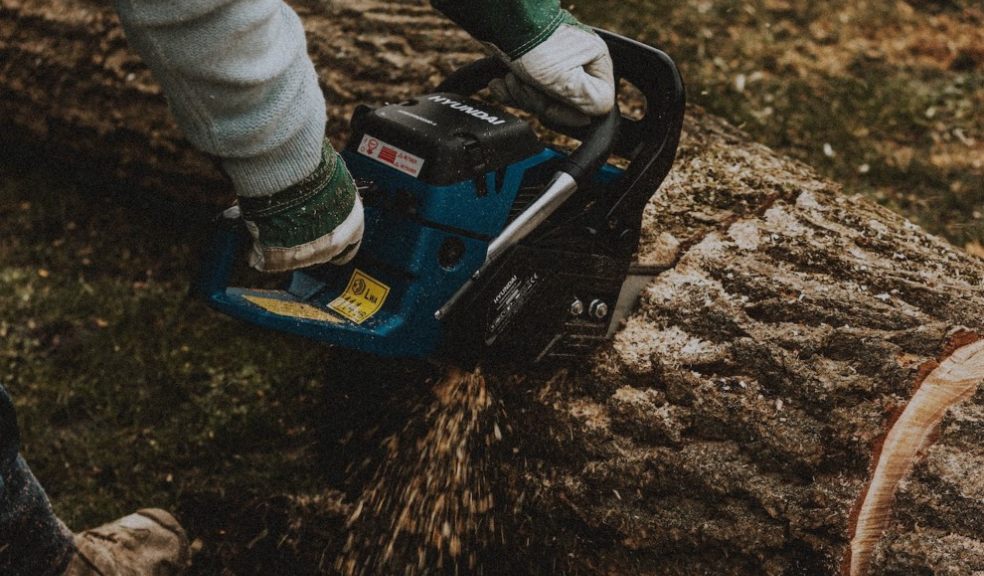
Want to Cut Down a Tree on Your Property? How to Go About it the Right Way
Felling is a big and dangerous endeavour and removing a tree shouldn't be done on a whim, even though it may be the only option available in some cases where safety is an issue. You also need to be aware of reservation and conservation rules that can also sometimes be difficult to navigate. For some excellent tips on a few good tree-felling practices, continue reading below.
Felling In Your Garden
When you own your property, unless a tree is covered by a Tree Preservation Order or is located in a conservation area, you do not need approval to cut down a tree if it's in your yard. If you are renting the property, you first need to ask for the landlord's approval before going ahead with any plans or arrangements. If a felled tree or branch falls from your garden onto a neighbour's building or car accidentally, you are directly responsible for any harm or damage done, so it’s important to hire professional tree fellers who are insured and comprehensively covered in the event of an accident.
Tree Surveys
If you are unsure about the trees you are intending to cut down, consider carrying out tree surveys on your property. The results of a tree survey will include information about the kind of species the tree is, its dimensions, maturity, condition, and life expectancy, as well as information on how to manage or deal with your tree. The Town and Country Planning Act of 1990 and the Planning (Listed Buildings and Conservation Areas) Act of 1990 both provide safeguards for the protection of trees through the use of Tree Preservation Orders and the creation of protected areas. With this in mind, you don’t want any legal action brought against you for cutting down protected or endangered species, so opt for a qualified tree surveyor from 24housing to inspect your property, and ensure you stay on the right side of the law.
Tree Preservation Orders (TPO)
Certain trees or entire wooded areas may be protected by a TPO, which is a legal order issued by a local planning authority (Natural England, NatureScot, Natural Resources Wales, and Northern Ireland Environment Agency.) The goal is to safeguard trees that may provide the general public with environmental or practical benefits. Whenever you intend on felling or maintaining a tree with a TPO, you need to submit an application to your local planning authority. Check for any TPOs near or on your property, since this application is open to a period of consideration during which individuals may challenge or comment on the proceedings. Be aware that TPOs may also be issued to trees in a Conservation Area, so bear this in mind if you reside in or close to a conservancy.
Consider Nesting Wildlife
Birds need to locate a secure location to rear their young throughout the nesting season. To preserve these delicate ecosystems, nearby plants, including trees and shrubs, need to be left alone from March 1 until July 31 when nesting takes place. When carrying out clean-ups or tree felling close to wildlife habitats, safety should always come first. Before beginning any activity during breeding seasons, a comprehensive visual assessment must be carried out to safeguard the well-being of nesting animals. In the majority of cases, you'll have a report back that there are no nesting birds present and work can continue. The courts have made it quite explicit that both the homeowner and contractor need to be aware of the regulations safeguarding nesting animals.
DIY Tree Felling
The trick to cutting a tree down safely is to take it apart piece by piece and work your way from the top down so that the branches fall in a manner that is as safe and manageable as possible. To remove the smaller branches that less powerful tools can manage, try an electric hedge trimmer or garden shears. After your initial pruning, work your way back from the bottom to the top, removing any missed branches. Next, using a chainsaw or a bow saw, trim any heavy branches that your smaller tools couldn't manage. Gently and carefully whittle away at any branches within reach before returning to the trunk. When chopping down the tree's last bit of trunk, begin by making a notch on the side that you want it to fall on, then saw the trunk from the other side and let it fall.
What to Do After Felling
After a tree has been cut down, you must adhere to any particular licence requirements that you may need to follow. The Woodland Trust advises at minimum a 3:1 replacement ratio, or whatever is specified in the felling licence terms to make up for the felled tree. When a tree has a TPO on it and you obtain permission to tear it down, you will need to plant another tree in its stead. If the tree's size or proximity to the home was the problem that necessitated its removal, make sure to address those concerns when replanting by choosing a type of tree that grows more slowly and placing it further away from the house.
Removing the Stump
Finally, think about how to get rid of the leftover roots and stump. You can try to dig out the stump, if you possess the strength, or you could try to use an axe and a shovel to gradually loosen the soil surrounding the stump, leverage the stump up with a pickaxe, and remove it. Just use an axe to cut any thick roots that can't be removed together with the stump. Poisoning the stump and waiting for it to rot out is another option.
Anyone who violates any regulations surrounding trees and their protections may be subject to fines of up to £20,000, prosecution for tree-felling without a permit, and issued a notice to restore any protected trees that you removed. Uncapped fines could also be imposed for serious offences, so make sure you fell safely and stay on the right side of the law.













